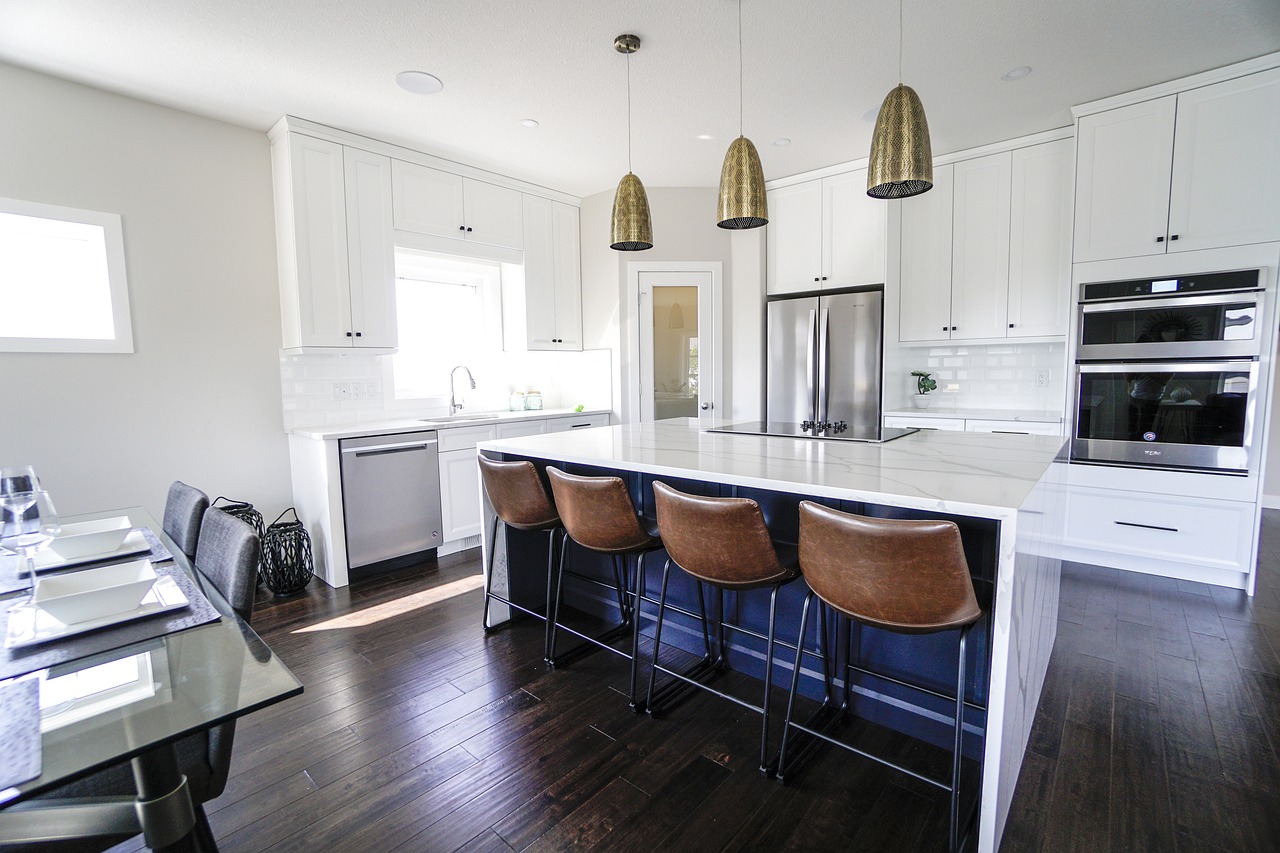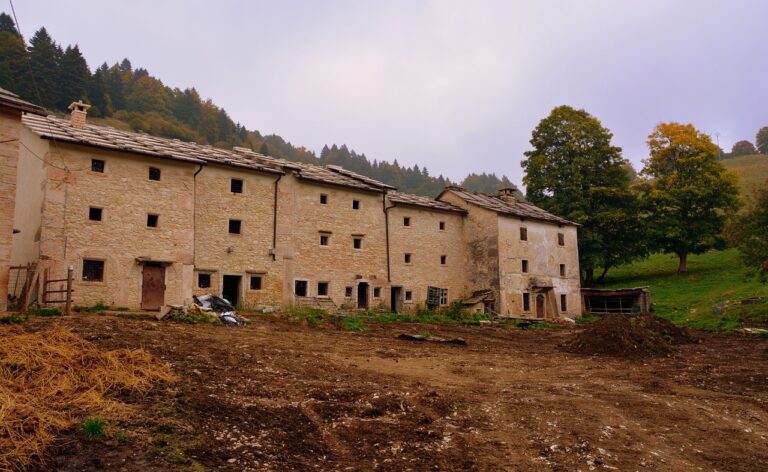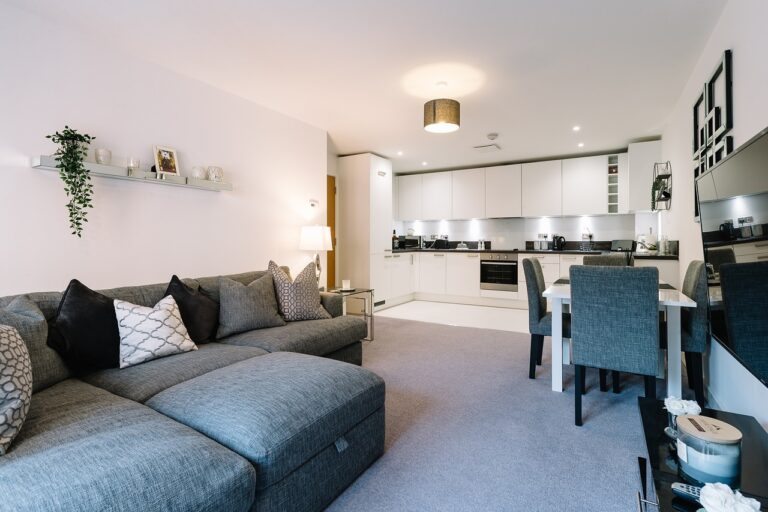Wind Energy Integration in Home Improvement Projects
Harnessing wind energy for home improvement projects can offer numerous advantages. Installing a wind turbine on your property can potentially reduce your reliance on traditional energy sources, resulting in long-term cost savings and environmental benefits. By utilizing wind power, homeowners can contribute to sustainability efforts and decrease their carbon footprint.
In addition to the financial and eco-friendly advantages, wind energy can also increase the overall value of a property. Homes equipped with wind turbines often appeal to eco-conscious buyers, adding a competitive edge to the real estate market. Embracing wind energy in home improvement projects not only offers practical benefits but also aligns with the growing trend towards renewable energy solutions.
Understanding the Basics of Wind Turbines
Wind turbines are devices that convert the kinetic energy from wind into electricity. This process involves the rotation of turbine blades when the wind passes through them, turning a generator that produces electrical energy. The height and size of the turbine blades, as well as the speed and consistency of the wind, play crucial roles in determining the efficiency of a wind turbine.
There are two main types of wind turbines commonly used in wind energy generation: horizontal-axis and vertical-axis turbines. Horizontal-axis turbines are the most widespread, featuring blades that spin around a horizontal axis similar to a traditional windmill. In contrast, vertical-axis turbines have blades that rotate around a vertical axis, presenting a unique design that can capture wind from all directions. Understanding the differences between these two types of turbines is important when considering the most suitable option for a specific location or application.
• Horizontal-axis turbines are the most common type used in wind energy generation
• Vertical-axis turbines have a unique design that allows them to capture wind from all directions
• The efficiency of a wind turbine is influenced by factors such as blade size, height, and wind speed consistency
• It is important to consider the location and application when choosing between horizontal-axis and vertical-axis turbines
Assessing Your Home’s Suitability for Wind Energy Integration
When considering the integration of wind energy into your home, it is essential to assess the suitability of your property. The first step is to determine if your location experiences sufficient wind activity to make installing a wind turbine beneficial. An ideal location is typically one that has consistent moderate to strong wind speeds throughout the year.
Additionally, the size and layout of your property can also impact the feasibility of integrating wind energy. A significant amount of clear, unobstructed space is necessary for the proper installation and functioning of a wind turbine. Trees, buildings, and other structures can disrupt wind flow and decrease the efficiency of the turbine. Therefore, it is important to evaluate the surrounding environment to ensure optimal conditions for harnessing wind power.
What are the benefits of incorporating wind energy into home improvement projects?
By utilizing wind energy, homeowners can reduce their reliance on traditional energy sources, lower their electricity bills, and decrease their carbon footprint.
How do wind turbines work?
Wind turbines use the kinetic energy from the wind to generate electricity. The blades of the turbine turn a generator, which produces electricity that can be used in the home.
How can I assess if my home is suitable for wind energy integration?
You should first consider the average wind speed in your area, the availability of space for a turbine, and any local zoning restrictions or regulations. It is also recommended to consult with a professional to conduct a site assessment.







